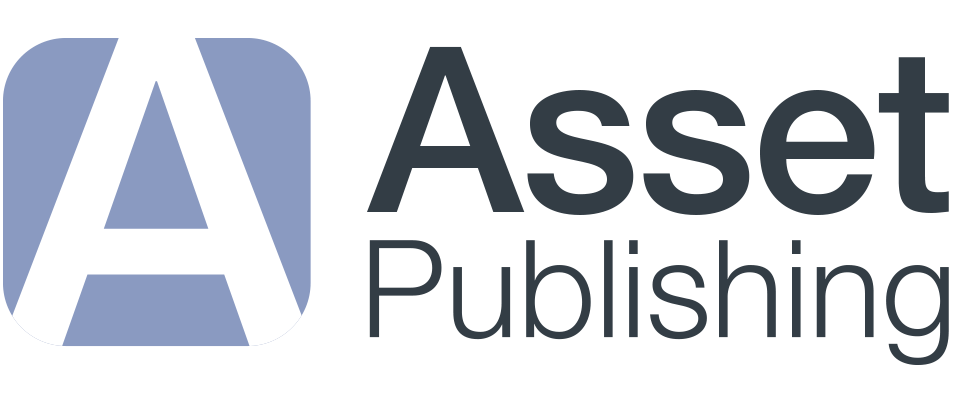Key changes in Employment Equity regulations and how they affect the construction industry

The Department of Employment and Labour has officially gazetted the Employment Equity Regulations 2025, signalling one of the most significant overhauls of employment equity compliance in over a decade.
The regulations, effective from 15th April 2025, bring into force new sector-specific numerical targets, revised definitions for designated employers, enhanced reporting obligations, and stricter enforcement measures under the Employment Equity Act.
Macgregor Erasmus Attorneys, a specialist labour law and regulatory compliance firm, says that these changes are wide-ranging and will necessitate substantial adjustments to internal processes by employers across sectors.
“The updated regulations formalise a shift in how employment equity is regulated, especially with the introduction of sector-specific planning,” explains Richard Erasmus, Director at Macgregor Erasmus Attorneys. “The timeframe is tight, and September is not far away, so it is important that employers begin preparations without delay.”
Key changes introduced in the Employment Equity Regulations, 2025 include ‘Sector-specific Numerical Targets’ with the Minister of Employment and Labour setting five-year equity targets per sector which apply to upper occupational levels i.e., Top Management, Senior Management, Professionally Qualified and Middle Management, and Skilled Technical.
Construction Sector – Employment Equity Numerical Targets (2025 – 2030) (from the official Government Gazette No. 52515, 15 April 2025)
Refined ‘Designated Employers’: this definition has been narrowed with employers now classified as designated only if they employ for 50 or more employees, regardless of turnover.
Increased target for people with disabilities: the national minimum target has increased from 2% to 3% of the total workforce.
Expanded definition of ‘disability: the definition now aligns with the UN Convention on the Rights of Persons with Disabilities, covering long-term or recurring physical, mental, intellectual, or sensory impairments.
The alignment of EE plans with sectoral targets: Employment Equity Plans must cover the period between 1st September 2025 to 31st August 2030, include annual targets, and align with sector specific benchmarks.
Reporting on foreign nationals: employers must now submit demographic and occupational-level data for foreign nationals in the EEA2 form, as part of their annual EE reporting.
Standardised reporting date: workforce profiles must now be reported as of the 31st of August annually, bringing consistency to compliance timelines.
Employers who do not comply may face fines of up to R1.5 million or 2% of turnover and the loss of the Employment Equity Compliance Certificate which is essential for state contracts.
In addition to these obligations, designated employers may be subject to a Director-General (DG) Review and will be required to submit relevant supporting records to the Department of Employment and Labour upon request.
Reporting and submission deadlines:
- 1st September 2025: New EE Plans must be in place.
- 1st September – First working day of October: Window for manual submission of EEA2 and EEA4 forms.
- 1st September 2025 – 15th January 2026: Online reporting period via the Department of Labour website.
Affected companies are strongly encouraged to review the Employment Equity Regulations, 2025 to ensure full compliance and to take proactive steps to meet these important deadlines.
